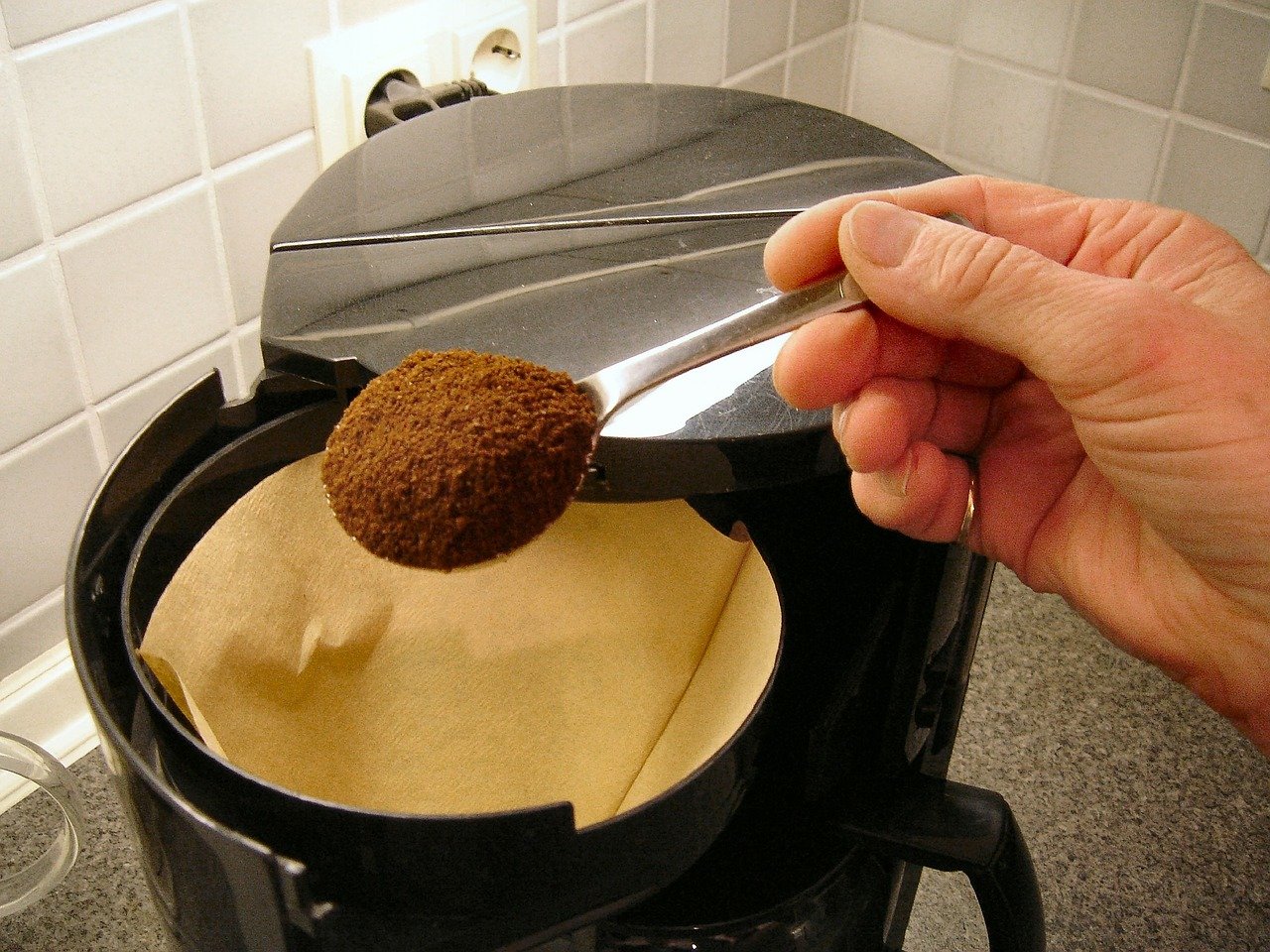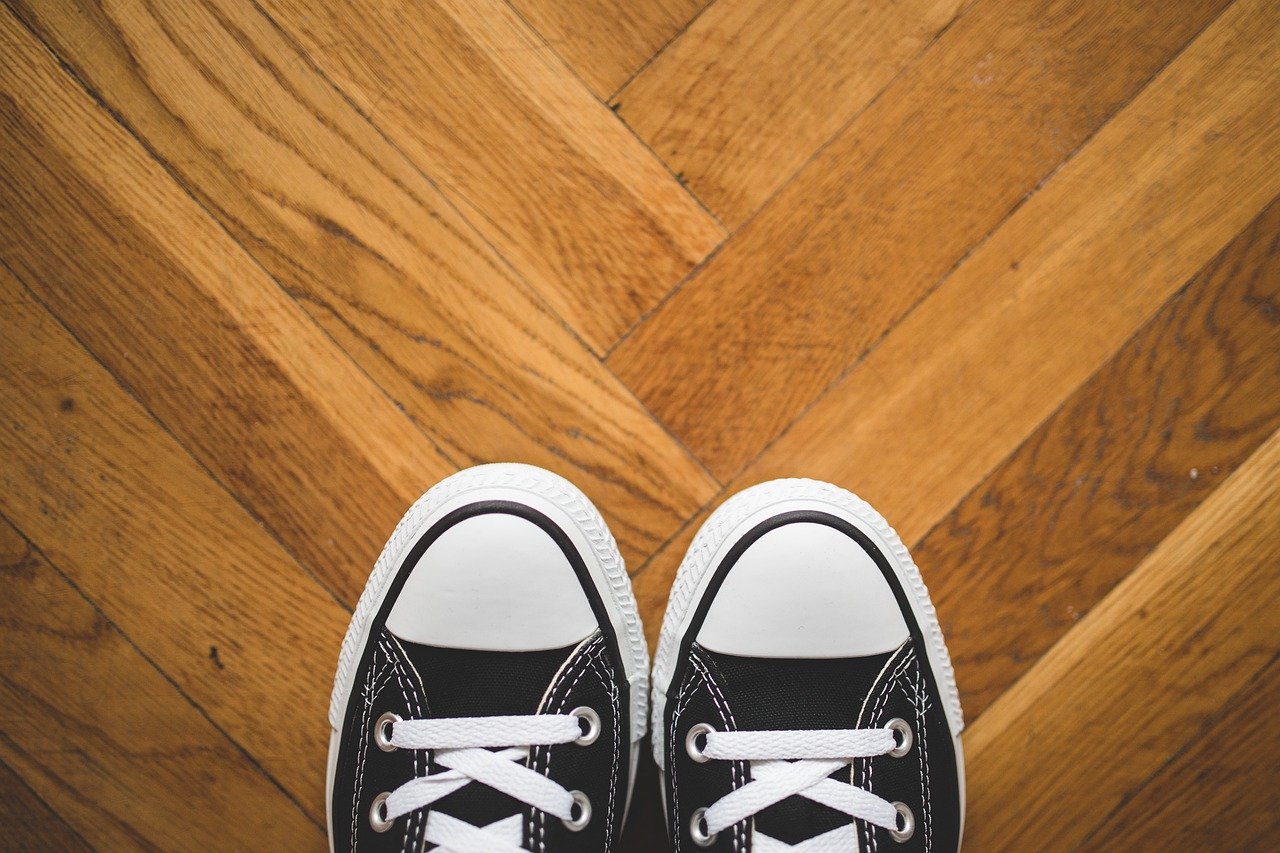Micro habits help your team reach new goals at work and in your personal life. Two push-ups after going to the bathroom? You got it.
Our workdays are filled with habits. Some are good, others are not just bad for ourselves, but they also negatively impact our company culture. That is when things start slowly going south at work.
Sometimes leaders catch it early. Other times you wake up to realize your business has converted into a toxic work environment and people quit when you need them the most. It is time to act.
Because if something isn’t working in your company culture, something needs to change for improvement to happen. Right?
1. Let’s improve at work! (Uh, wait, we’ll do that tomorrow)
One common error among managers is to draw up a big plan. Don’t get me wrong, dreaming of a better workplace and planning is good. But the whole thing easily turns into this massive desk project. You get caught up scheduling more meetings, launch dates, adding more goals, etc.
Meanwhile, your days are filled with your “normal” work and your inbox and the To-Do list just grows and grows. Little fires pop up that you need to attend to. Half a year later – boom.
You still haven’t launched.
You still haven’t improved.
You’re still frustrated.
You’re still losing talent.
This is the motivation monster. A lot of times we fail simply because we put goals that are too ambitious.
2. Small steps – a big change
 BJ Foggs, a behavioral scientist over at Stanford recommends mini-steps. Or tiny habits as Foggs calls them.
BJ Foggs, a behavioral scientist over at Stanford recommends mini-steps. Or tiny habits as Foggs calls them.
By picking small actions and turning them into micro habits, you are not just more likely to succeed with your change. You also make it more likely for others to adapt and change too. The focus is on your colleagues to ACT.
In Fogg’s best-seller “Tiny habits to change your work-life”, he explores simple ways to add tiny habits to existing habits. Like meditating during two or three breaths while you are waiting for your coffee. Two push-ups every time you catch yourself looking at your phone.
Once you are used to these small habits, that is what they are. Habits! And you can then build on them and add more once you are used to them and they are part of your daily routine. Perhaps go for a walk around the block once you’ve parked outside your house after work?
3. It starts with you
One thing I often hear from managers is that they want their teams to improve or become more motivated. The focus is on the others. The team needs to change.
What about you?
To help your team start with micro habits, let’s first look in the mirror. There are most likely things that you have tried adjusting in the past, but where it didn’t really pan out. Perhaps the goal was set too high, or the habit you introduced was too big for it to stick.
If you haven’t done any physical activity in the last year due to COVID, you are likely not that fit right now. Getting up 1 hour earlier each day to go for a long run… Well, I don’t want to sound pessimistic but that sounds like it’s likely to fail.
Think of anchor moments. Do you drive to work? How about parking a bit further away tomorrow morning when you arrive? Our first instinct is to see it as something negative when you can’t park as close as possible in the parking lot. Turn into something positive that you park further away. Say “awesome!” out loud once inside work.
OK, that mind hack is gonna be too much for many, but see it as a win that you get the extra steps in! Find a way to celebrate it straight away. Smile to yourself encouragingly in the mirror as you park? It helps your brain connect with the new habit.
Fogg also recommends that you start identifying yourself as a person who exercises (if this your goal), not a person who wants to start exercising. You are already doing it.
4. Build on your micro habit
Obviously, if you hate something, it will take longer for the new habit to stick. A step counter can serve as a motivator in this example. Visual progress is powerful.
Once you have the habit of the extra steps, think about your next mini-goal. Park around the block from work? Or could you walk to your colleague’s house to get a lift? Or keep your bicycle in your car and start cycling one stretch, on your way home?
Other examples of micro habits could be to take 60 seconds to stretch after each meeting. What other routines can you add micro habits too? If you are a smoker, bend your knees while you are outside. Or do the plank for 15 seconds after a phone call.
5. Help your brain!
 According to Fogg, three things need to come together for a habit to stick. We are talking motivation, ability, and a gentle prompt. Prompt is what starts the behavior.
According to Fogg, three things need to come together for a habit to stick. We are talking motivation, ability, and a gentle prompt. Prompt is what starts the behavior.
Those three are equally important in your quest for improvement. Both at work and in your personal life.
So why micro habits and small actions? Well, if you start with walking those extra steps from the parking lot, your brain gets used to the new habit. Once you’ve done it for a while, it sticks. Using this technique with prompts, you can shape your current and future behavior.
Once you’ve managed to turn micro habits into something more stable, you can then use your personal experience to help your team.
6. Get your team to start with micro habits
If you are in a warehouse setting or with other essential workers, add your 15 seconds of the plank to the daily huddle. For those with limited mobility or out of shape, help them find a level that is right for them.
Scheduling a meeting? Could you do it outside and make it a Walking Meeting? Great way to move a bit extra, and preferable from a Covid point of view too. Chances are your facility isn’t placed in a forest with fresh air, but hey, you can’t have it all. Walking to the forest can be a goal for later!
These are examples of things that you can do for your team. But where would they like to start? What micro habits would they like to add while at work? If any!
How about taking 5 minutes with your team and challenging them. Firstly, introduce the concept of micro habits. Share your example and (hopefully!) positive outcome. Next, get them to reflect on their own life and their situation.
For example, if you are dealing with shift workers, perhaps sleep is an issue? It is for 1 out of 5 shift workers according to this study. Get your coworkers to write down some small behavioral changes they feel they could make to improve their sleep. Turn off notifications on their cell phone once in their car? Replace the sugar-filled car snack with a low-calorie one or an apple?
Then think about what your company could do to encourage them in their quest. Blue light blocking glasses for the morning drive home?
7. Where to start?
 The simpler the habit is the higher chance of actually DOING it. Today. Simplify as much as possible.
The simpler the habit is the higher chance of actually DOING it. Today. Simplify as much as possible.
If you take another 5 minutes with your team, get them to rearrange and order the changes they wrote down. Which tiny habit makes more sense for them, starting today?
For example, start by taking the stairs when you go to the parking lot after the meeting. Are you on the 5th floor? Start with just walking down 1 floor and then get the lift. Perhaps another colleague might even join you as you walk down..?
If the list shows things they would like to STOP doing, BJ Foggs suggest four steps:
i. Write down as many details as possible related to the thing you want to STOP doing. For example, write “Stop drinking coca-cola in the car while driving home in the morning”, instead of “drink less coke”.
ii. Write ways to get rid of the bad habit. Or things that help you avoid it. Wanna add some fun? Jump on one leg as you pass by the vending machine where the soda can you usually pick up is placed. That avoids the prompt that initiates your bad habit. Or keep a bag of apples in your car.
iii. Next, write down how you can make these negative habits harder to do. Base it on your ability. Don’t carry coins for the vending machine? Use another exit after your shift finishes?
iv. Last, pen down different ways to be LESS motivated to stick with the bad habit. You’ll wake up and feel like you slept great! Sleeping better means you get more energy for your kids. And from a work point of view, you’ll be more productive. Dreaming of a promotion? Chances are you can focus more to make that happen.
8. Celebrate together
Catch someone doing something RIGHT at work. When you see a coworker using the stairs instead of the lift, say something nice. Encourage them to help them get the micro habits to stick.
If you have team goals related to micro habits, make sure to schedule celebrations. As in, write it down in your calendar to make sure it happens. Together we will use step counters to reach 100.000 steps this week! And celebrate next Monday morning by announcing a Crazy Sock Day.
Behavioral change is more likely to stick for real if you celebrate your accomplishments. That goes both for individuals, and teams. Use daily huddles and weekly team meetings to celebrate on a regular basis. We tend to be good at beating ourselves down when we don’t reach our goals. Or when New Year’s resolutions don’t stick.
But if you make it a habit to celebrate every time you’ve done the plank during your daily huddle, you’re likelier to get the new micro habit to stick – faster. High praise works wonder! Even alone in front of the mirror.
Tiny habits help you so you don’t give up only because something feels too hard to do. Don’t just dream it. Just do it!
Once you and your team are up and running with micro habits, you can then start applying this technique to more work-related topics. And watch as employee morale and productivity rise.
As a co-founder at Celpax, Rebecca Lundin spends her days sending devices to measure the impact of leadership actions. With customers in 60 countries, her passion is to help employees press green smileys instead of red ones.

